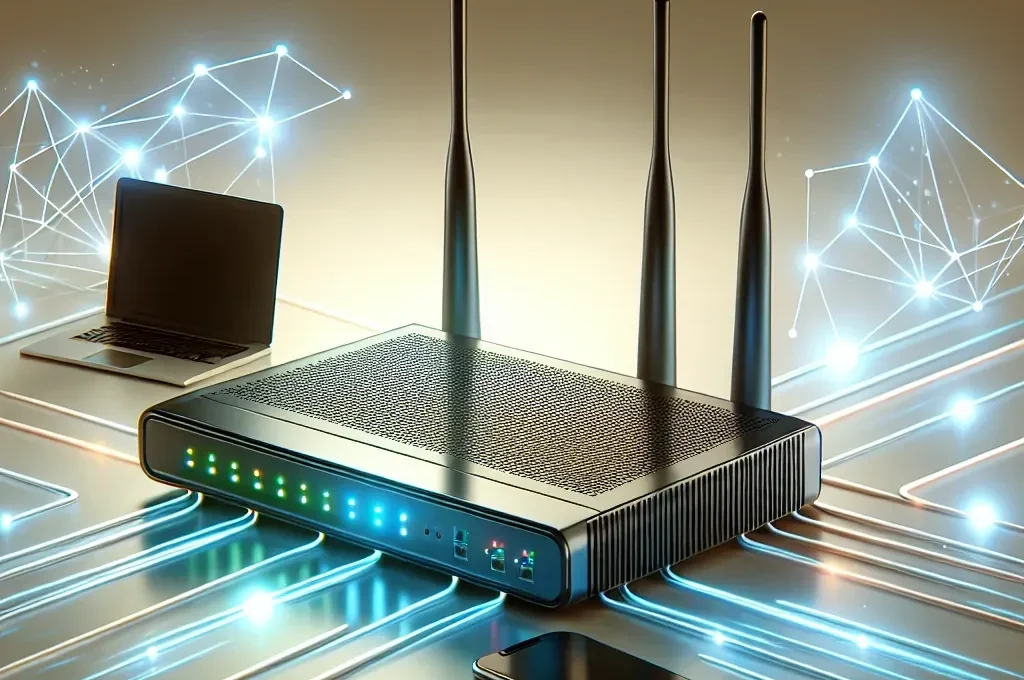Introduction to IPv6
Internet Protocol version 6 (IPv6) is the latest version of the Internet Protocol, intended to replace IPv4, which has been the foundation of internet communications for decades. IPv6 offers a significantly larger pool of IP addresses, enhanced security features, and improved efficiency in data routing. Configuring your router for IPv6 can help future-proof your network and make the most of these advantages.
Why Switch to IPv6?
- Vast Address Space: IPv6 offers 128-bit addresses, allowing for roughly 340 undecillion unique IP addresses, addressing the limitations of IPv4.
- Improved Security: Native support for IPsec, providing end-to-end encryption.
- Better Efficiency: Simplifies header format, reduces need for network address translation (NAT).
- Future Proofing: Ensures your network is ready for new devices and innovations.
Prerequisites for Configuring IPv6
- Ensure your Internet Service Provider (ISP) supports IPv6.
- Check that your router is IPv6-compatible.
- Have your login credentials for your router’s admin interface ready.
Step-by-Step Guide to Configuring IPv6 on Your Router
Step 1: Access Your Router’s Admin Interface
Start by connecting your computer to the router (via Wi-Fi or Ethernet). Open a web browser and enter the router’s IP address (such as 192.168.0.1 or 192.168.1.1). Log in using your admin credentials.
Step 2: Navigate to the IPv6 Settings
Once logged in, locate the IPv6 settings. This can usually be found under network settings, internet settings, or advanced settings, depending on your router.
Step 3: Enable IPv6
Enable IPv6 support by selecting the appropriate option. The setting may be labeled as “Enable IPv6,” “IPv6 Auto-Configuration,” or similar.
Step 4: Configure IPv6 Connection Type
Choose the connection type that matches your ISP’s offering. Common types are:
- Auto-Configuration (SLAAC/DHCPv6): Router Auto-Configures based on ISP settings.
- Static IP: Requires manual entry of IP, Gateway, and DNS provided by ISP.
- PPPoE: Requires PPPoE credentials provided by ISP.
Step 5: Enter Additional Details (If Required)
If your ISP provides specific details such as a prefix delegation, DNS settings, or other parameters, enter them accordingly.
Step 6: Save and Apply Settings
Save the changes and apply the new settings. The router may need to reboot for changes to take effect.
Verifying IPv6 Configuration
To ensure everything is set up correctly, you can verify the configuration:
- Visit an IPv6 test website like test-ipv6.com or ipv6-test.com.
- Your internet connection should show as IPv6 enabled.
- Check the IPv6 address assigned to your devices. These can often be found in the network settings of your operating system.
Common Issues and Troubleshooting
If you encounter any issues, the following steps might help:
- Reboot Router: Sometimes a simple reboot can resolve connection issues.
- Check ISP Settings: Ensure you have the correct details from your ISP.
- Firmware Update: Ensure your router firmware is up-to-date for the latest IPv6 support.
- Revert and Retry: Disable IPv6, save settings, reboot, then try re-enabling.
Conclusion
Configuring your router for IPv6 is a crucial step towards future-proofing your internet experience, offering better performance, security, and a virtually limitless supply of IP addresses. Follow this guide to enable IPv6 on your router and enjoy the benefits of the new protocol.

